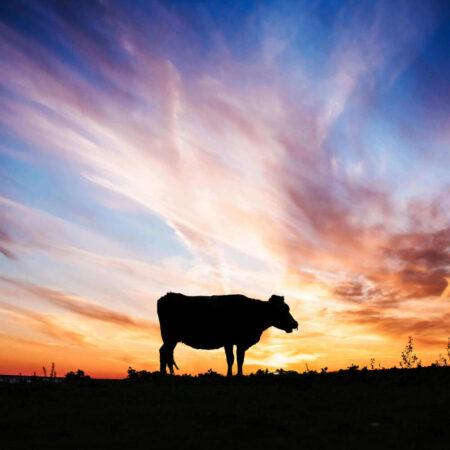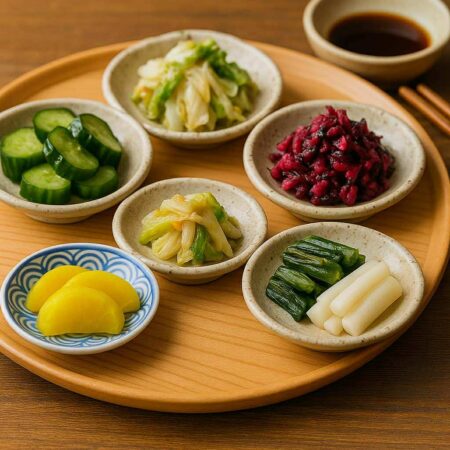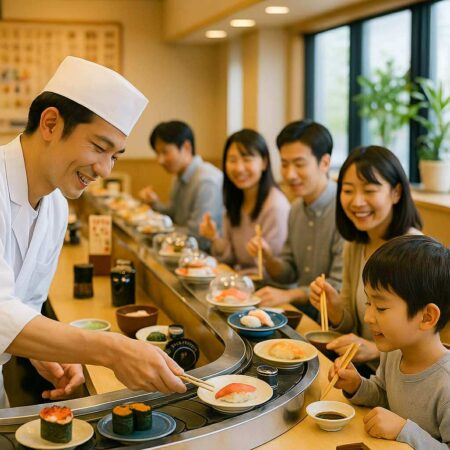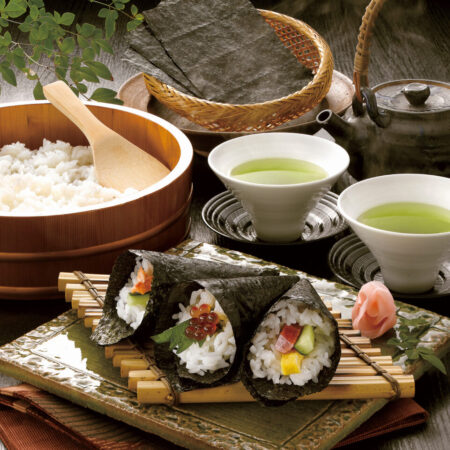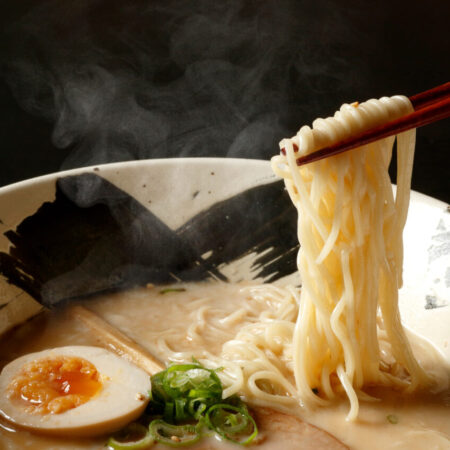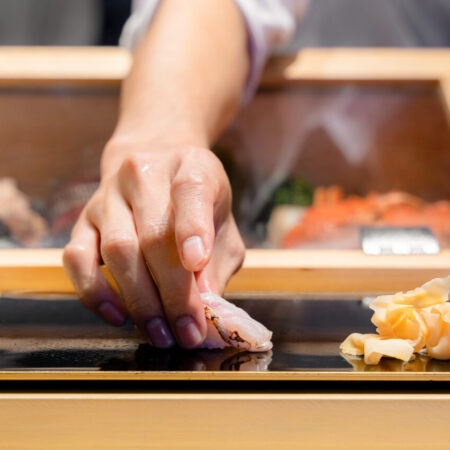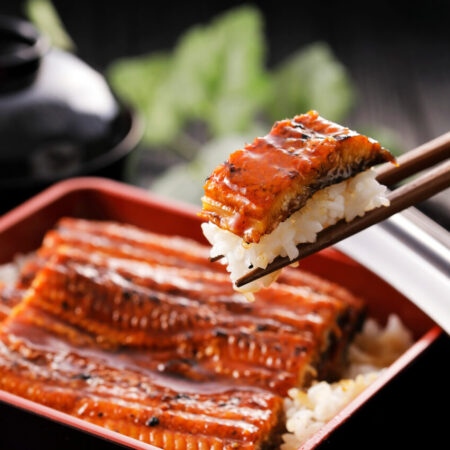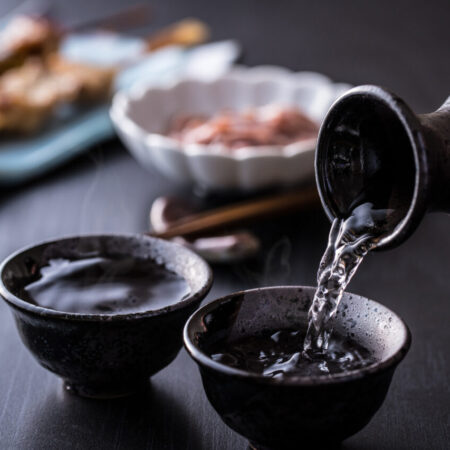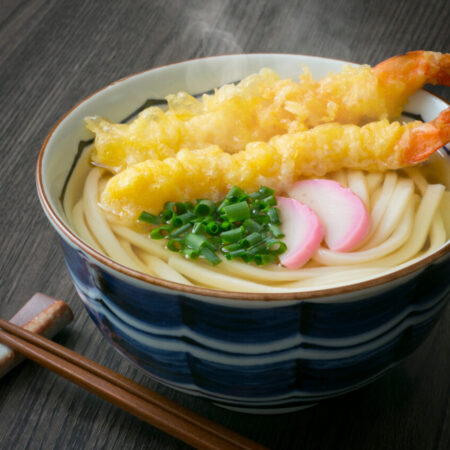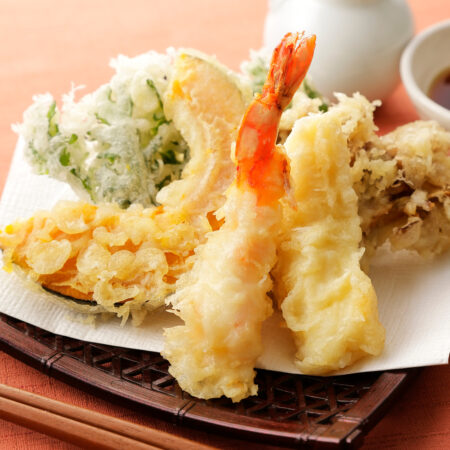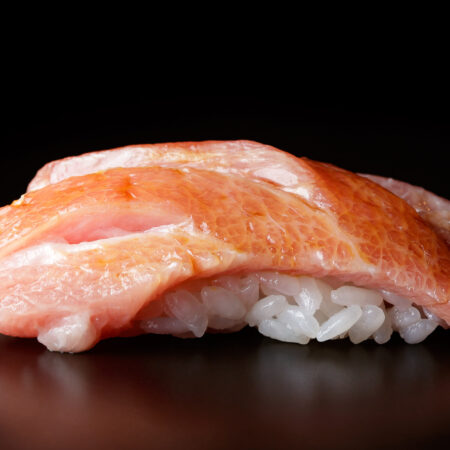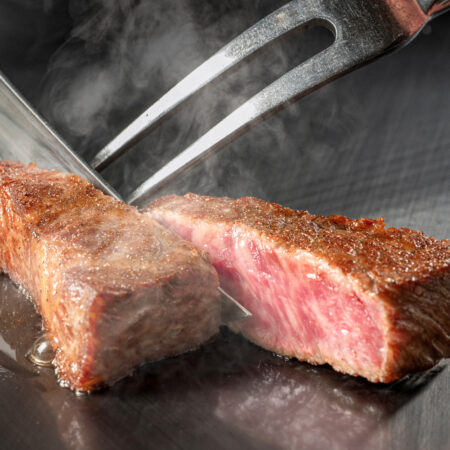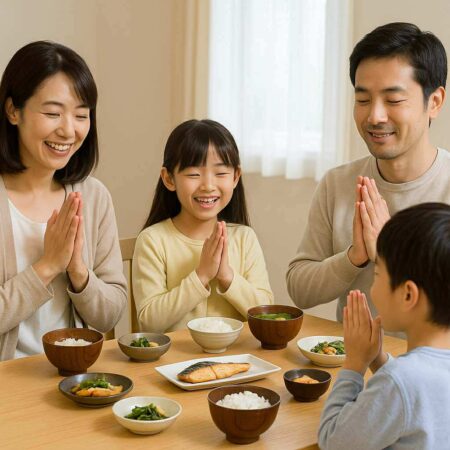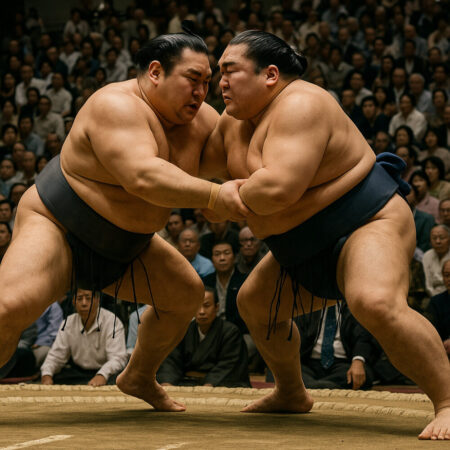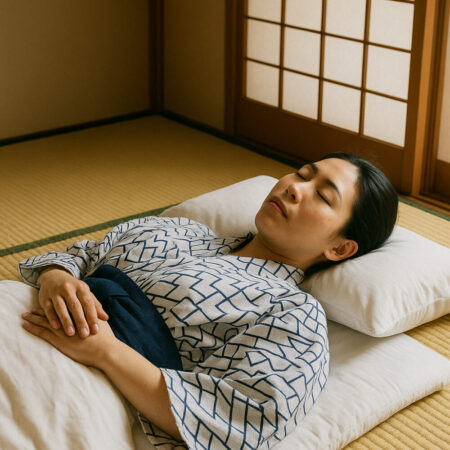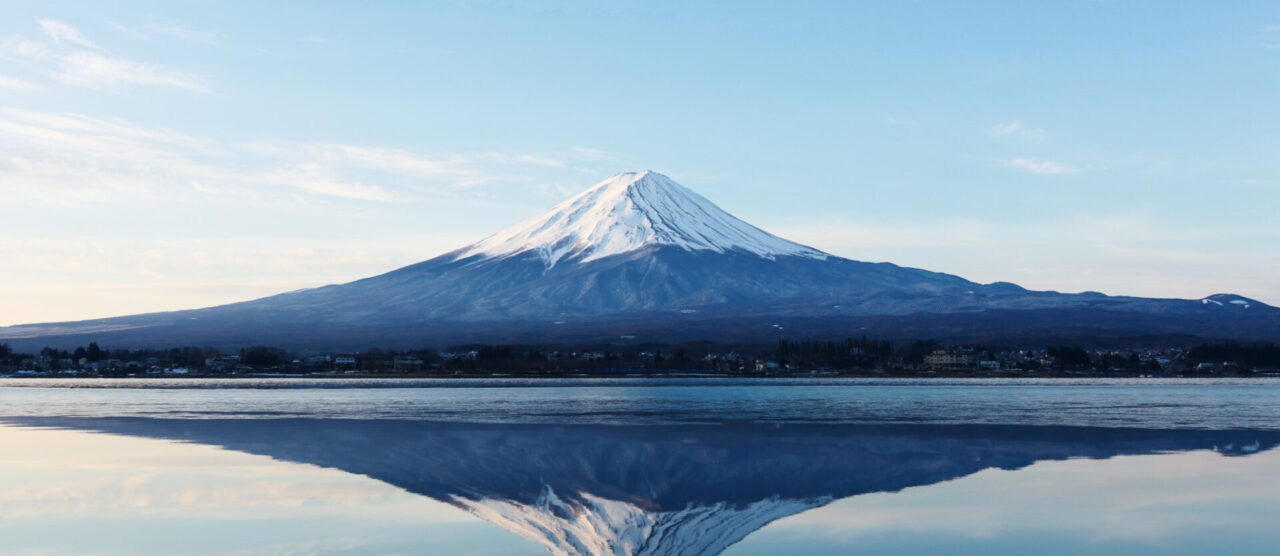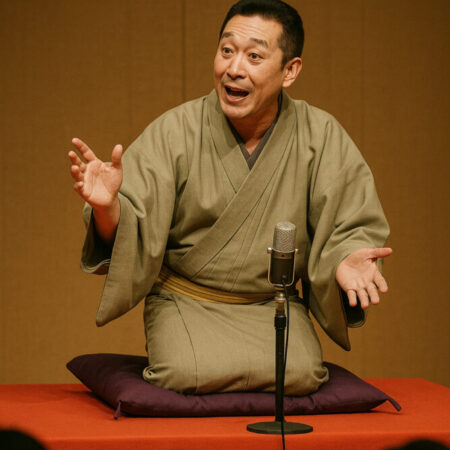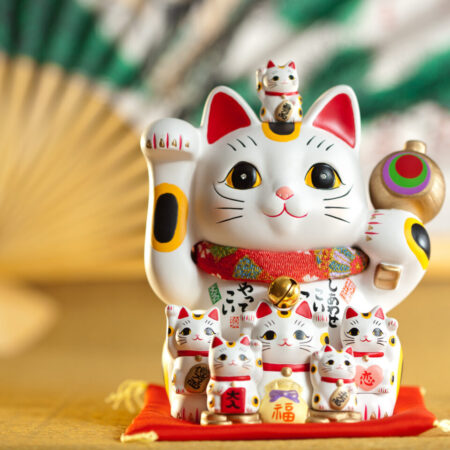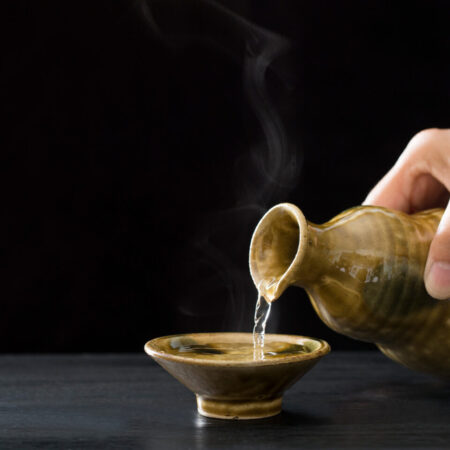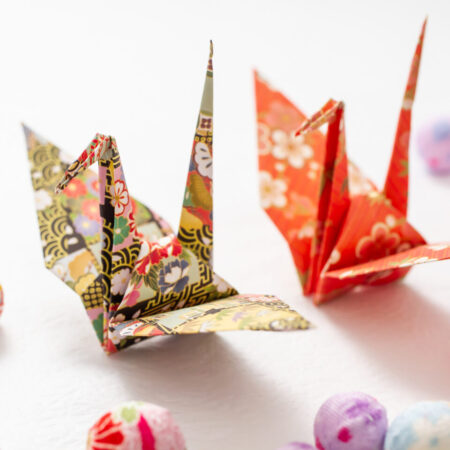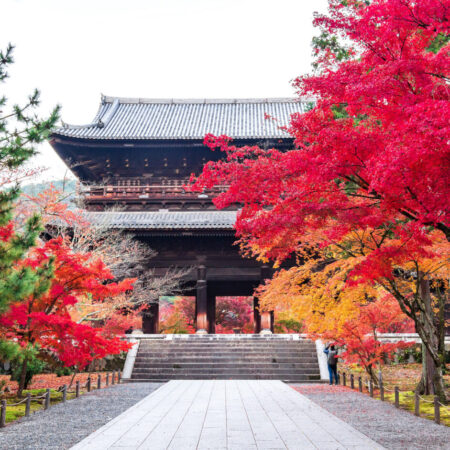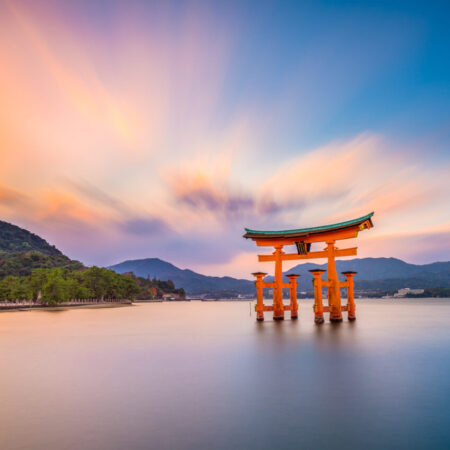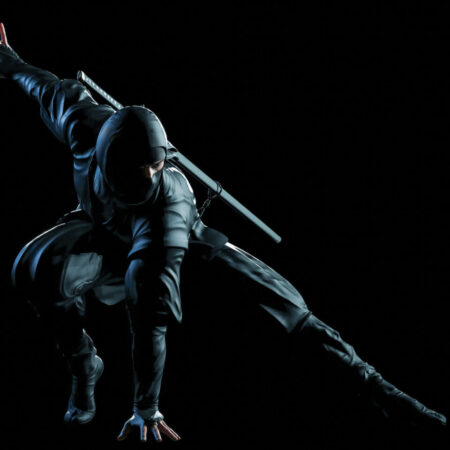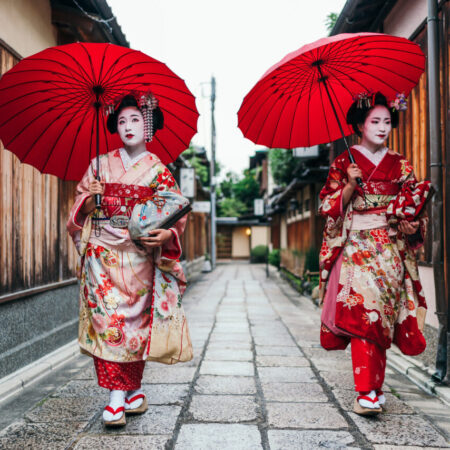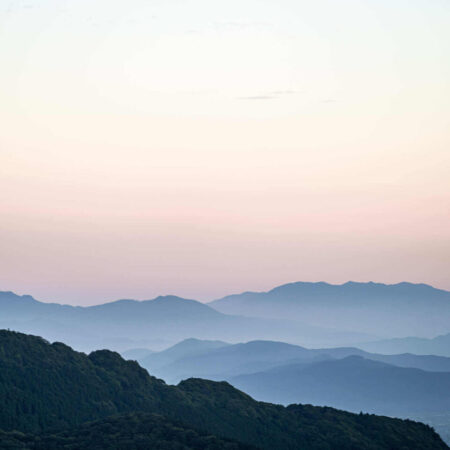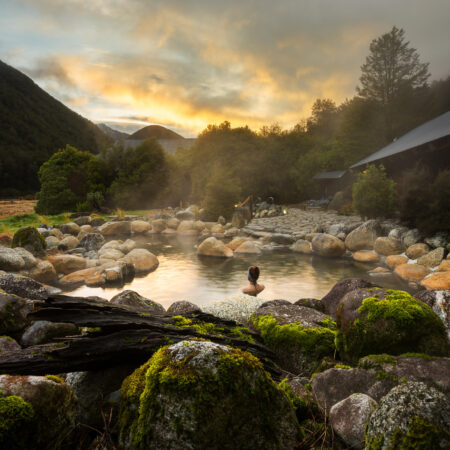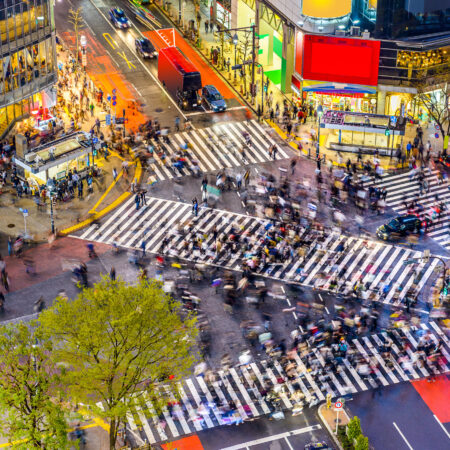Introduction
Introducing Rakugo
Rakugo is one of Japan's traditional forms of storytelling where the storyteller sits on stage and plays various characters to weave a tale. The charm lies in the performer using minimal props, namely a folding fan and a hand towel, to portray various scenes and characters. There's no lavish backdrop, flashy costumes, or sound effects—all is left to the rakugo performer's narration and the listener's imagination. With a history spanning over 350 years, this uniquely Japanese comedic art form, passed down from master to apprentice, is refined through practice at comedic theaters, embodying the "art of spoken word."
Famous rakugo stories include "Jugemu" and "Cha no Yu". For instance, Jugemu is about a temple monk who gives a baby an extraordinarily long name, which continues as "Jugemu Jugemu...". Not only does it make listeners laugh, but it also lets them enjoy the classic Japanese rhythm and wordplay. Rakugo is more than just a source of humor; it offers a window into Japanese culture, history, values, and thinking. Many Japanese rediscover their roots and the hidden humor in daily life through rakugo.
Origins
It was actually for "Staying Awake"
It is believed that the term "rakugo" started being used around 1887. There are various theories regarding its origin, but according to Dr. Okitsu You, a Waseda University Emeritus Professor who researched early modern literature and rakugo, it can be traced back to bedtime stories told by "Otogishu" during the Azuchi-Momoyama period (late 16th century).
Otogishu served as advisors to warlords, guiding them in politics, military affairs, martial arts, and hobbies. During wartime, they accompanied armies and told stories throughout the night to troops. The soldiers needed to stay awake in anticipation of enemy night raids, so the Otogishu shared valorous tales and feats of bravery. But sleepiness is inevitable. Some Otogishu began crafting stories with humorous punchlines. These comedic tales are considered the origin of rakugo.
How to Enjoy Rakugo
Where to Watch Rakugo
For a genuine experience, it's recommended to visit a "Yose," a traditional rakugo theater. You'll find such theaters in Tokyo areas like Shinjuku, Ueno, and Asakusa. Admission varies by location and performer, typically ranging from 2,000 to 4,000 yen for advance tickets, with slightly higher prices for same-day purchases. There are often discounts for students and seniors. More and more performances feature English explanations or subtitles, allowing non-Japanese speakers to enjoy this traditional art form. Experience the magic of rakugo in yose theaters, cafes, and various other venues. You'll surely be captivated by its unique rhythm, humor, and heartwarming stories.
Recommended Yose Theaters
- Shinjuku Suehirotei (Shinjuku 3-chome) Website
- Suzumoto Engeijo (Ueno) Website
- Ikebukuro Engeijo (Ikebukuro) Website
- Asakusa Engei Hall (Asakusa) Website
Manners
Yose Manners
The first thing you might wonder is the dress code. There's no strict dress code for yose. You're free to wear casual attire like jeans, and there's no need for jackets or kimonos. Eating and drinking in the audience section is also allowed, and buying snacks like "Sukeroku" sushi or sandwiches from the vendors is part of the fun. However, be mindful not to disturb others with noisy or smelly foods.
While there are few hard and fast rules, basic etiquette includes refraining from photography, recording, using mobile phones, and loud chatter during performances. The most important thing is to not disrupt the atmosphere that performers and the audience create together. Relax and fully enjoy the liberating ambiance of the yose. With this knowledge, your first visit should be a breeze!



